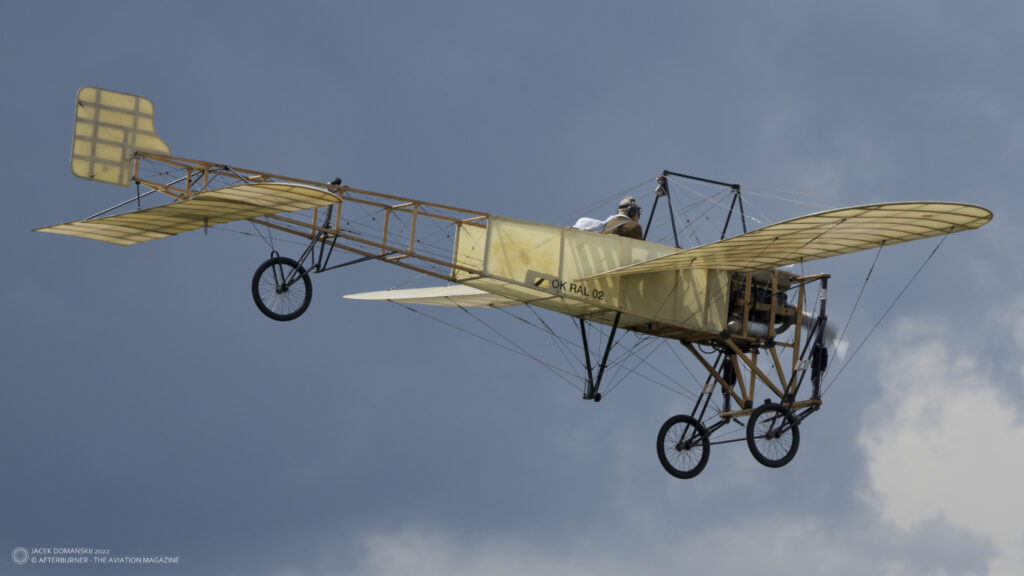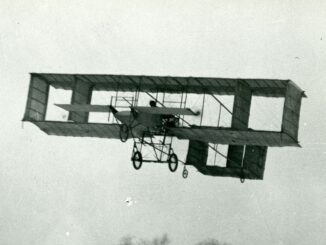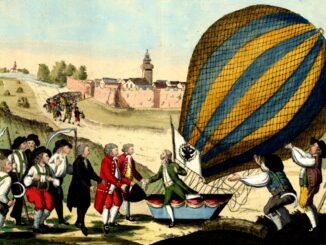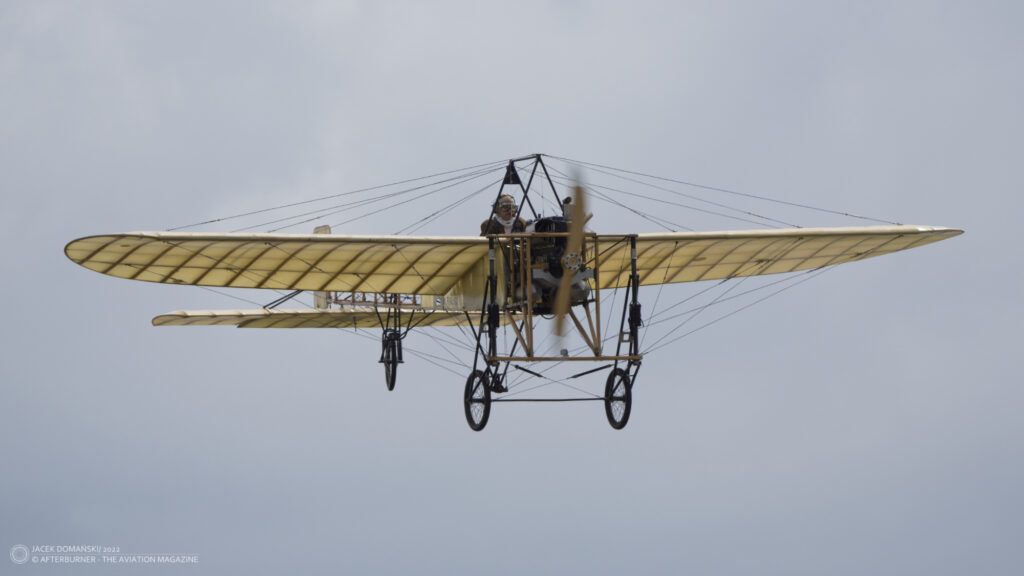
On 23rd September 1910, Jorge Chávez took-off from Brig in Switzerland and flown through the Pennine Alps to Italy. However, his aircraft crashed during the landing, heavily injuring the pilot.
Jorge Chávez Dartnell (aka Geo Chávez) was the French aviation pioneer of Peruvian descent. He was born on 13th January 1887 in Paris, but both his parents were Peruvian emigrants that arrived to France due to the War of the Pacific.
In 1908, Chávez got his engineering degree and shortly after attended an aviation school founded and run by the Farman brothers. In February of 1910, the Peruvian received his pilot license and almost immediately began to participate in aviation shows and competitions all over Europe.
One of his most known stunts was achieving the altitude of 1,647 metres, while flying in a Blériot aeroplane in Blackpool, England. In less than a month later, Chávez improved that result, by flying up to 2,700 metres over Issy, France.
Riding on the wave of success, Chávez decided to try to reach for a prize of the Italian Touring Club. In the summer of 1910, the club, together with famous newspaper Corriere della Sera, announced a competition known as Gran Premio della Traversata delle Alpi (Grand Prix of Crossing of the Alps). The prize was worth 100,000 lire (approximately 20,000 USD), shared among the first three pilots to fly from Brig in Switzerland, through the Simplon Pass, Domodossola and Varese to Milano-Taliedo airfield in Italy, within twenty four hours.
The abovementioned route leads through the Pennine Alps – the mountain range being the Western part of the Alps, located in Switzerland and Italy (also known as the Valais Alps). Although many of the peaks of the Pennine Alps are exceeding 4,000 metres, although the Simplon Pass is just 2,006 metres high, making it possible for an aeroplane to fly through.
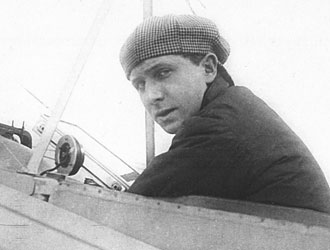
Jorge Chávez was the first one that signed up for this feat. The aircraft he chose for the flight was Blériot type XI, the same type of aeroplane Louis Blériot used for his famous flight across the English Channel. Nevertheless, Chávez´s first attempt he made on 19th September failed, due to severe weather conditions.
Finally, on 23rd September 1910, Chávez took-off from Brig and after approximately fifty minutes of flight appeared over Domodossola. There, during approaching the landing field, wings of the Blériot collapsed and the aircraft fell to the ground from altitude of about twenty metres and crashed. Chávez was seriously injured and died four days later in Domodossola hospital.
In all probability, material fatigue was the cause of that tragic accident, as severe turbulences were reported during the first, failed attempt and then during the record flight. This, together with change of pressure during quick descent at Domodossola could cause damage to wing structure of the aircraft.
The life of Jorge Chávez and his successful, although tragic, first flight through the Pennine Alps, inspired many Italian aviators, such as Luigi Ridolfi. Chávez´s legacy is still alive in both Peru and Italy. The main airport of Lima, the capital city of Peru, was named after him and there was a Chávez monument erected in the city. In 1957, his remains were moved from France to Peru, and placed in a mausoleum built at Las Palmas air force base.
Between 1971 and 1981, one of Boeing 747 airliners of Alitalia carrier, registered I-DEMU, was carrying the name of Jose Chávez, the aviation pioneer that became the hero of three nations.
